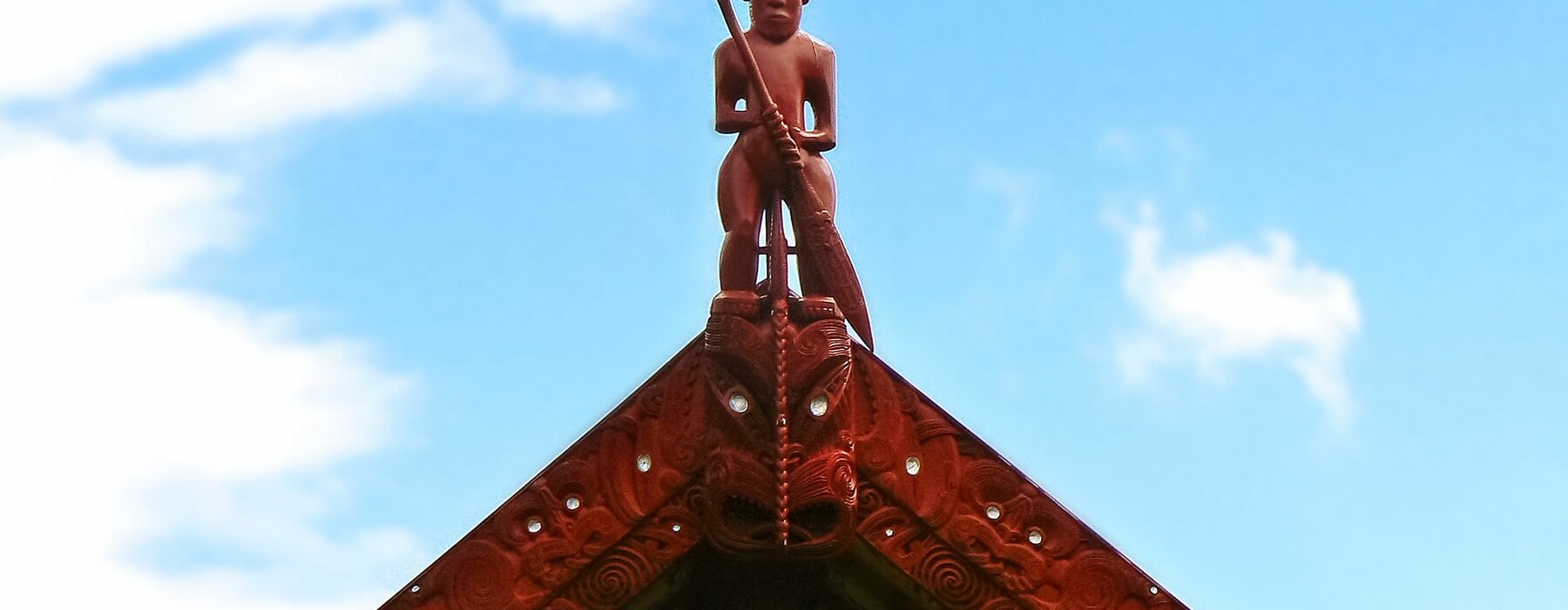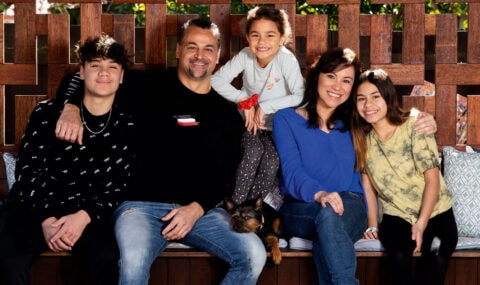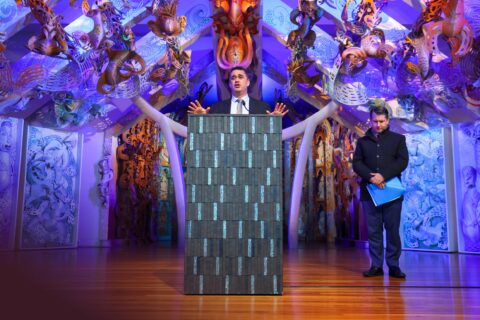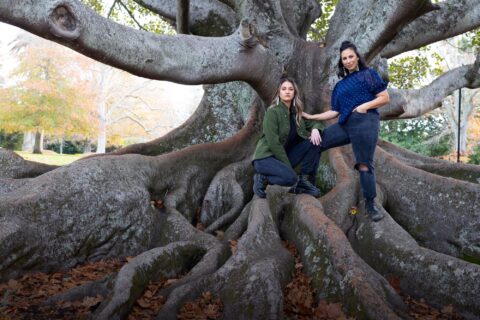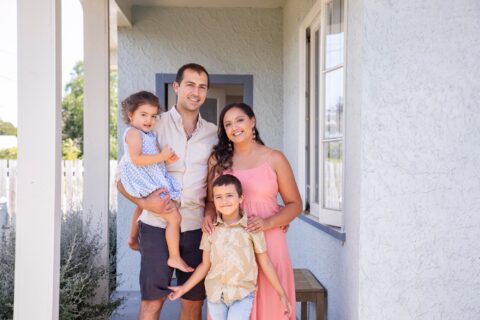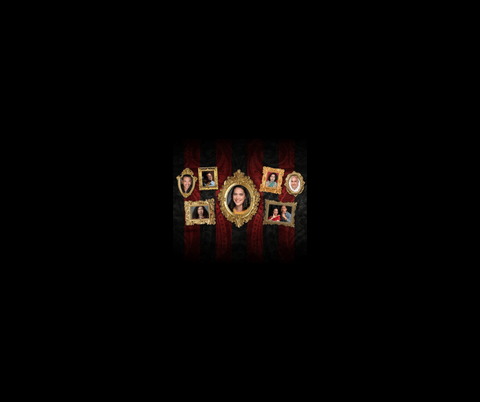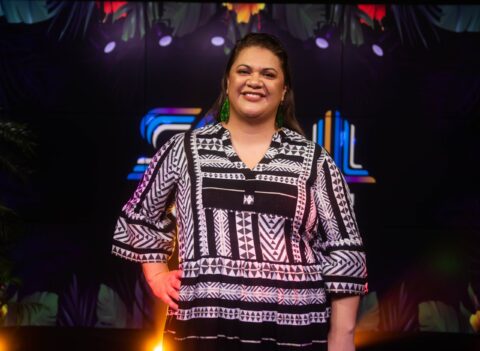Being at Waitangi on February 6 is quite something. There’s hope and mana in the air, and a powerful sense of connection.
When I first went to Waitangi on Waitangi Day, I was a young recruit for the TV show Marae, among seasoned, knowledgeable Māori journalists and producers.
I’d only just started learning Māori, and I still cringe at the memory of mispronouncing the word kaupapa (topic, theme, issue) in front of a group of fluent speakers. One of them gently corrected me, while I smiled and died inside. I never got it wrong again, though!
I was also intimidated about being at Waitangi on February 6. Would it be like what I’d seen on TV, with confrontations and protests? Well, there was controversy about which kid could do the best manu bombs off the bridge, but I had to look hard to find some protests, which were really just strong discussions and generally not confrontational, and therefore didn’t make it to the news.
This was in the 1990s, and many things have changed since then. But I’ve had people admit to me recently that they think going to Waitangi on February 6 might be slightly scary.
I’ve since been to many Waitangi Days at the site of the first signing of the Treaty of Waitangi in 1840, and I love the energy and wairua (atmosphere, in this context) of the commemorations. There’s hope and mana in the air, lots to do and see, and my whole whānau loves it.
There’s also the wonderful Te Kōngahu Museum of Waitangi, which is interactive and engaging for all ages. We’ve been many times, but there’s always something more to see, consider and reconsider.
Te Rau Aroha Museum opened last year, and tells the story of Māori commitment to the armed forces, including the Māori Battalion. The main exhibition, Price of Citizenship, is heartbreaking and unforgettable. When I found the names of some of our whanaunga (relations) in there, I had to explain to my kids why I had tears in my eyes, although they’d felt the emotion too.
If you can, do go to Waitangi on any day, and also on February 6, if possible. I think all New Zealanders will feel a connection that’s personal, yet part of our collective selves. Copies of the Treaty were sent around the country in 1840, and those places often have Waitangi events to be part of, but it’s also relevant to remember that some iwi didn’t sign the Treaty at all. A quick Waitangi 101 wouldn’t do this kaupapa justice, but there are some key terms that come up on Waitangi Day:
He Whakaputanga
Declaration of Independance
Five years before the Treaty was signed, the Declaration of the Independence of the United Tribes of New Zealand was signed initially in the north, by rangatira Māori (Māori leaders) who asserted sovereignty over Aotearoa. This is represented by the white flag with a red cross and four stars you often see flying alongside tino tangatiratanga flags, especially on Waitangi Day.
Tino rangatiratanga
Self-determination, absolute sovereignty
This is what’s promised to Māori in the te reo Māori translation of the Treaty, Te Tiriti o Waitangi. When you hear people referring to te Tiriti rather than the Treaty, that’s because the Māori and English versions promised completely different things. In te Tiriti, the Crown is to have kāwanatanga (governorship) over New Zealand, whereas in the English version, it’s “the rights and powers of sovereignty”. It’s just one of the reasons we’ll be working on the Ts and Cs of this agreement for a while yet. I’m a result of Treaty partnership myself, so I know that like any partnership, it takes some work, but we can get there.

